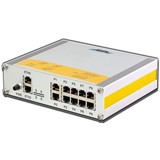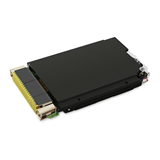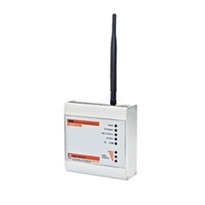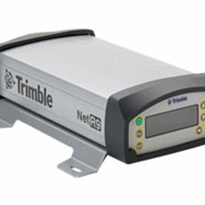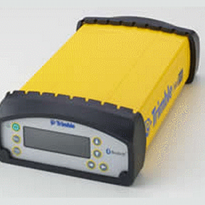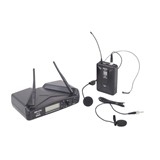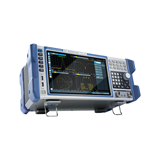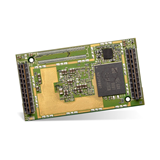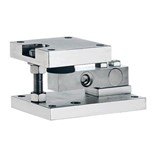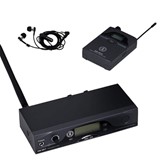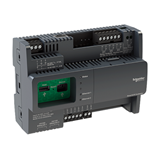Cable continues to be a reliable choice in the majority of applications today; however, the needs of a facility inevitably change. Managers are seeking greater control and functionality of their process and the existing network in a facility may need to extend to include additional points in remote sites or hazardous areas. Cable may not be the appropriate or cost-effective choice to accommodate these needs.
Growth of Wireless Technology
Wireless technology is not, of course a new concept for the industrial sector, but lately, it has been experiencing tremendous growth as manufacturers incorporate license free radio modems into their I/O strategies for dependable, cost-effective data communication solutions.
As the application needs of facilities change, the desire for sophisticated features and greater control will continue to fuel the growth and capabilities of wireless technologies. With their versatility and robust capabilities, wireless strategies have become a major contender against cable.
The sophisticated wireless strategies that were once deemed too expensive and only available to government or military institutions are now within easy reach of the process control engineer. In fact, they may actually offer greater functionality and cost less than cable, especially in the long term.
Regardless of cable or wireless, there are obviously various expenses associated with both. However, unlike cable, wireless strategies are not buried in trenches or under buildings, and subjected to the environmental elements(water, earth, weather, etc.) that can hinder performance,or sometimes render a network useless. The costs formaintenance, retrenching and cable replacement, as well as downtime and the loss in production as retrenching and reconfi guration occur, can be severe.
Because wireless modems operate in the license free band ranges of 902-928MHz and 2.4-2.4835GHz Industrial, Scientific and Medical (ISM) spread spectrum band, there are also no licensing fees, lines to lease, or usage fees required. Should a problem arise, many wireless modems maintain self-diagnostic capabilities to prevent errors. A wireless modem can identify and correct the situation quickly to reduce costly downtime.
Implementing wireless modems, engineers are no longer limited by distance, terrain, or hazardous environments. Engineers can access areas where it is impossible, dangerous, or simply not cost-effective to run cable, so communication can extend beyond buildings, mountains, and other obstacles without the need to install cable. Safety is also enhanced because wireless modems reduce the need for personnel to make unsafe, inconvenient, and costly visits to remote or hazardous locations.
Moore Industries Wireless Network Module (WNM)
The Wireless Network Module (WNM) Moore Industries' NET Concentrator System ® (NCS) Process Control and Distributed I/O Network, was specifically designed for the most demanding applications. The optional Wireless Network Module (WNM) provides wireless functionality to the NCS, and can effectively extend a facility's existing digital communication infrastructure, without costly wires, leased lines,and ongoing visits to remote locations.
This bi-directional, spread spectrum wireless module employs Spread Spectrum Frequency Hopping technology, 128-bit AES (Advanced Encryption Standard) encryption, 32-bitCRC (Cyclic Redundancy Check) errorprotection and ARQ (Automatic ResendQuery) to provide robust and secure, communications.
The Spread Spectrum Frequency Hopping technique ensures reliable, noise and interference immune, license-free wireless communications.Available models will interface Ethernet or MODBUS RTU networks, and operate in the ISM frequency bands ranging from 902-928MHz and 2.4-2.4835GHz
Read more of the article



